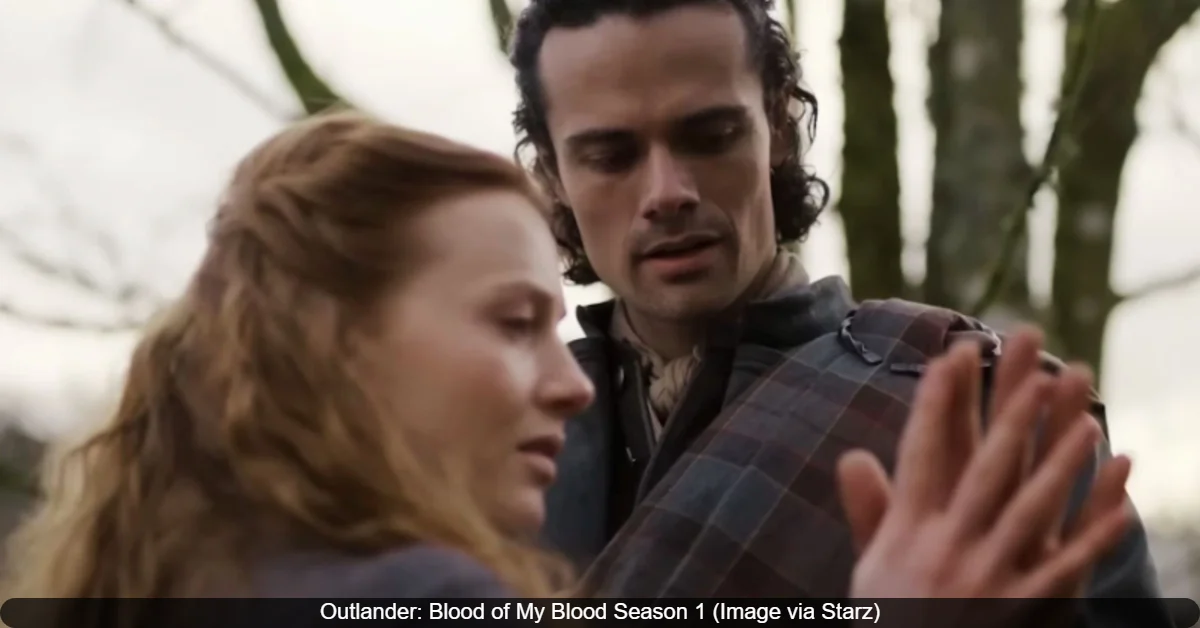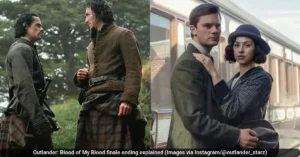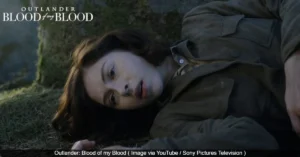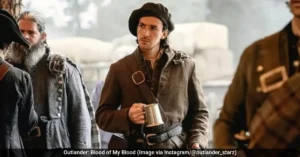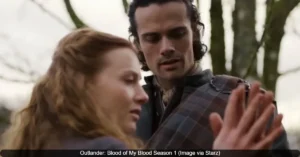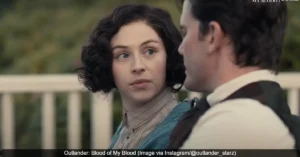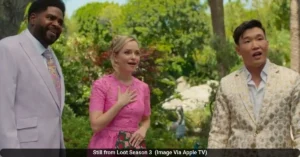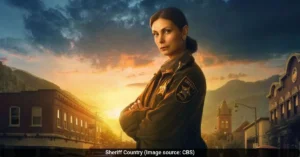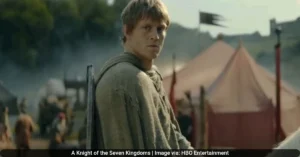The first season of Outlander: Blood of My Blood concluded with a dramatic cliffhanger for both its central couples. For Brian Fraser and Ellen MacKenzie, their hard-won happiness was suddenly overshadowed by a ominous sign blazing across the Highland hills: a line of fiery crosses. This powerful image is a major turning point in the story, signaling the end of their personal struggle and the beginning of a much larger, dangerous political conflict.
What the Fiery Crosses Mean
The burning crosses, known as Fiery Crosses or Crann Tara in Gaelic, are a traditional signal used by Scottish clan chiefs. They serve as a call to arms, summoning all able-bodied clansmen to report to their laird and prepare for war. The appearance of multiple crosses across the horizon in the finale is a direct call for all Jacobite rebels to ready themselves for the upcoming fight.
In the context of the show, this signals the start of the Jacobite Uprising of 1715. This was a real historical event where James Edward Stuart, the son of the deposed King James II of England, attempted to reclaim the British throne. Brian Fraser immediately understands the grave meaning of the signal. He knows that answering the call is dangerous, but ignoring it is not an option. Failure to report to one’s laird was considered an act of treason against the clan, punishable by death or exile.
As Brian actor Jamie Roy explained, > “Back in those days when those fires do get lit, you are supposed to go to your laird in command.” He adds that the sight puts “a spanner into the works” for Brian, who is a “duty-driven man” who knows the severe consequences of ignoring the summons.
How the Fiery Cross Changes Brian and Ellen’s Future
The call to war creates an immediate and serious problem for the newly eloped couple. Brian is in a difficult political position with no clear clan allegiance. As a result of their escape from Castle Leoch, he is not welcome with Ellen’s family, Clan MacKenzie. Furthermore, he is the estranged illegitimate son of Simon Fraser, Lord Lovat, who has already abandoned him. This leaves Brian without a clan to call his own, no money, and no safe haven.
“This is the question, Where does he go? Because he’s pretty much called it quits with his dad, but he’s not exactly welcome at Clan Mackenzie. So, you know, where does he go?” Roy said of Brian’s dilemma.
Wherever Brian decides to go, it is clear Ellen will stand by him. Having been betrayed by her brother Colum, who hired assassins to kill Brian, Ellen has fully chosen her new life. Actress Harriet Slater confirmed Ellen’s loyalty, stating, > “I think whatever Brian chooses to do, Ellen will support him. She’s Ellen Mackenzie. I don’t think she’s going to be able to stay out of anything for long.” This sets the stage for the couple to navigate the perils of the Jacobite rebellion together in the already-confirmed Season 2.
The Historical Roots of the Fiery Cross
The Fiery Cross was a real historical method of communication used across the Scottish Highlands. Typically fashioned from wood of a yew or hazel tree in the shape of a cross, it was carried by runners from village to village. These runners would shout the clan’s war cry and the location of the rendezvous, ensuring the call to arms spread quickly across vast distances.
The cross was a powerful symbol of urgency and duty. One historical account notes that no excuse was accepted for failing to respond to the summons. It was an absolute and imperative command; a groom would leave his bride at the altar, and pallbearers would abandon a funeral to answer the call. The Fiery Cross was used during the 1715 and 1745 Jacobite risings, making its appearance in the prequel series historically accurate for the 1715 uprising timeline.
The symbol was later corrupted in the 1860s when it was adopted by the Ku Klux Klan. However, in its original Scottish context, it was a potent signal of community and mobilization, meant to protect clan lands and people.
Also Read: Outlander: Blood of My Blood Season 2 Must Answer These 5 Major Questions

